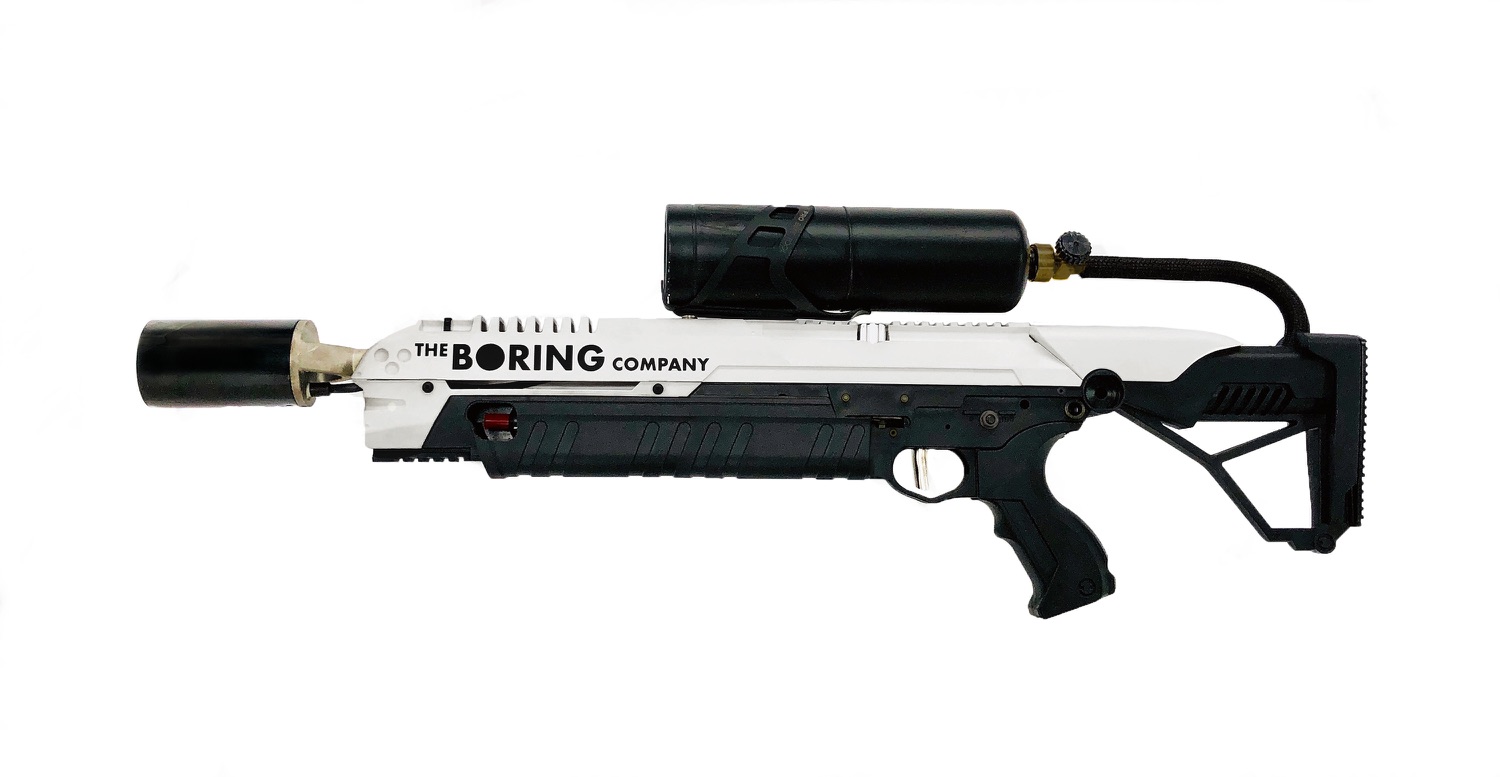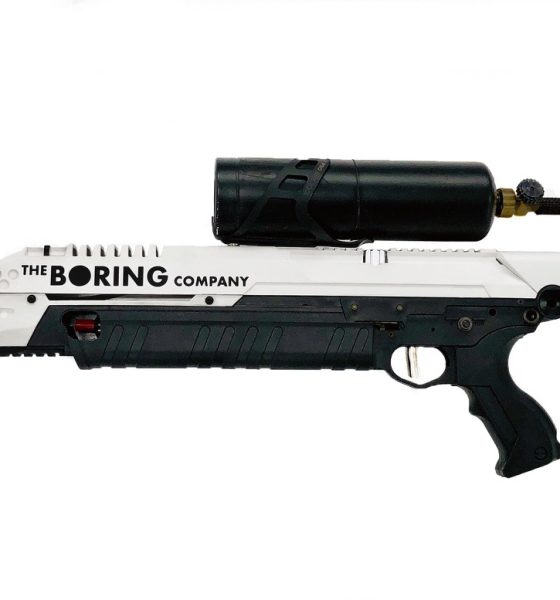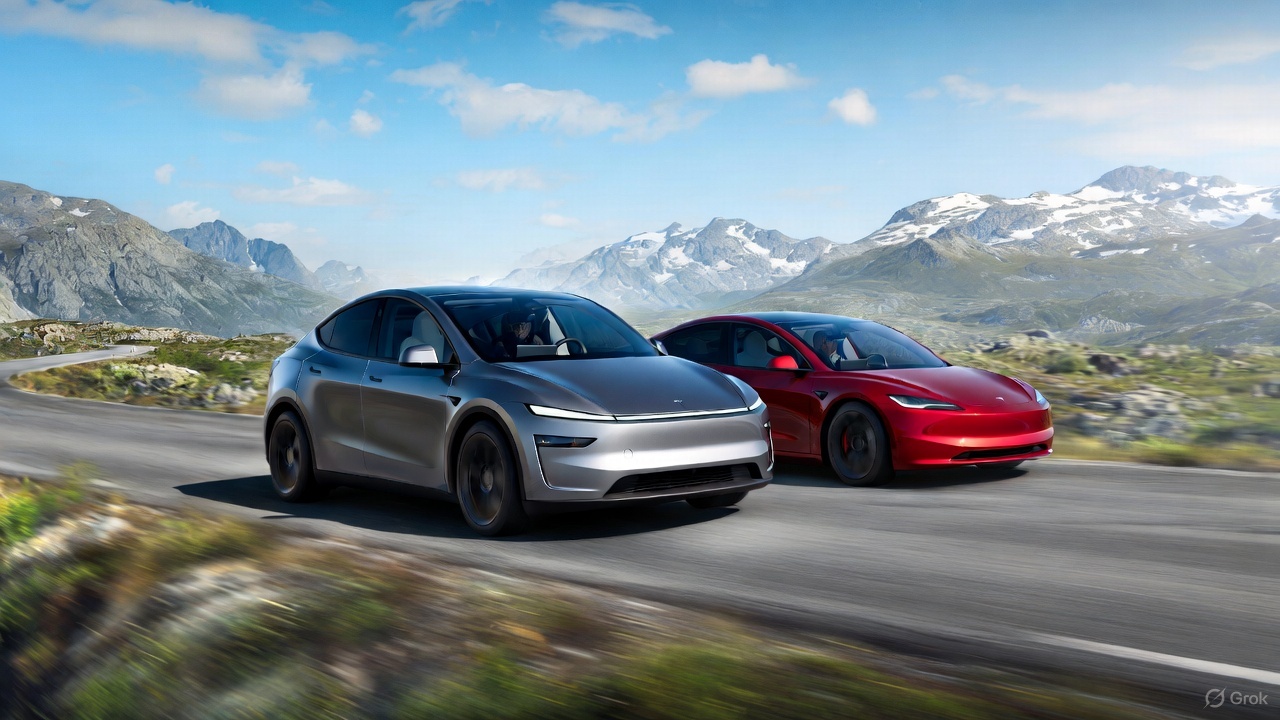

News
Elon Musk’s flamethrower gets reprieve in CA after lawmaker’s bill falls through
California lawmakers recently blocked proposed restrictions for the sale and use of The Boring Company’s Not-a-Flamethrowers in the state. The suggested restrictions were authored by LA Assemblyman Miguel Santiago (D-Los Angeles), who earlier this year issued a strongly-worded criticism of the device.
The Boring Co. Not-a-Flamethrower was launched by Elon Musk earlier this year. The devices, which Musk dubbed as a “super terrible idea,” were sold for $500 each during a limited run of 20,000 units. All 20,000 Not-a-Flamethrowers were sold out within four days, raising $10 million for the tunneling startup.
While the Boring Co. Not-a-Flamethrower proved incredibly popular, LA Assemblyman Miguel Santiago found nothing amusing about the device. At the end of January, Santiago issued a press release strongly criticizing the firestarter.
If this is real, I’m outraged and you should be too. If this is a joke, then it’s a terribly insensitive one given that we’re coming off of the worst wildfire season in history. Either way: NOT FUNNY. NOT GONNA HAPPEN. pic.twitter.com/82n00um9Bf
— Miguel Santiago (@MSantiagoAD54) January 29, 2018
Santiago would go on to author AB-1949, better known as the Flamethrower Bill. The bill’s first iteration proposed several restrictions on the sale and use of flamethrowers in California. As could be seen in a copy of the Assemblyman’s bill, owners of Tier II flamethrowers (devices that can shoot flames at least 2 feet but not exceeding 10 feet, like the Boring Co. Not-a-Flamethrower) must have a valid pyrotechnic operator license from the State Fire Marshal and the necessary permits before they are allowed to use the device. Without these documents, buyers of the Boring Co. flamethrower would be at risk of fines or even imprisonment. Here is an excerpt from the Assemblyman’s original bill.
“Any person who uses or possesses any Tier I or Tier II flamethrowing device… without a valid flamethrowing device permit issued pursuant to this part is guilty of a public offense and, upon conviction, shall be punished by imprisonment in the county jail for a term not to exceed one year, or in the state prison, or by a fine not to exceed ten thousand dollars ($10,000), or by both imprisonment and fine.”
Santiago’s bill was largely supported by the police and fire officials. As the bill advanced, however, it was eventually amended. The amendments in the bill were primarily focused on Santiago’s proposed restrictions on Tier II flamethrowers, which are less powerful and less likely to cause harm. The suggested imprisonment and fines for individuals using Tier II flamethrowers without permits were struck off the bill as well.
Santiago eventually narrowed the scope of his bill, suggesting that the devices like the Boring Co. Not-a-Flamethrower must carry a safety label. Even this, however, was stalled on Friday, when the bill was held at the Assembly Appropriations Committee. As noted in a San Francisco Chronicle article, the Flamethrower Bill ultimately became a victim of the state’s “suspense file” process, where legislative leaders usually kill bills that can pose an embarrassing vote for the party.
It is pertinent to note that the Boring Co. Not-a-Flamethrower is more of an oversized butane torch than a full-fledged flamethrower. The device shoots flames similar to the Weed Dragon, a torch that can be bought at hardware stores. Tier I flamethrowers, such as the XM42-M, are on an entirely different level, as these devices are capable of shooting flames up to 30 feet.
For now, however, reservation holders of the Boring Company Not-a-Flamethrower could look forward to the upcoming pickup party on June 9 at Los Angeles. The event, which would feature the handover of the first 1,000 Not-a-Flamethrowers, will also include fun activities such as photo booths, marshmallow toasting sessions, and zombie simulations. Deliveries of the Not-a-Flamethrowers would follow soon after.

News
Tesla FSD earns high praise in South Korea’s real-world autonomous driving test
As per the Korea Expressway Corporation’s report, the FSD test was conducted on December 15, 2025, from 10 a.m. to 6 p.m.

Tesla’s Full Self-Driving (FSD) has received a bullish assessment from the Korea Expressway Corporation following a real-world autonomous highway driving test.
A report of the test, shared on Naver Cafe, showed high praise for the system’s safety, capabilities, smooth maneuvers, and confidence.
South Korean highway test
As per the Korea Expressway Corporation’s report, the FSD test was conducted on December 15, 2025, from 10 a.m. to 6 p.m. Four people were in the Tesla that was tested, including the head of the mobility department. All four FSD driving modes were tested, from “Sloth” to “Mad Max.”
To test FSD’s performance, the system was tasked to operate on highways such as Gyeongbu, Cheonan, and Cheonan-Nonsan, as well as city areas in Dongtan New Town, Sejong Special City, and Daejeon Metropolitan City, among others.
Since FSD is only available for the Tesla Model S and Model X that are imported to South Korea from the United States, the system was not tested in a Model 3 or Model Y, which comprise the majority of Teslas on the country’s roads today.
Highway test results
Results showed FSD performing well, both in inner-city roads and on highways. In inner city roads, the testers noted that FSD was capable of autonomous driving at a level that already exceeds that of general human drivers, except in very few areas, such as unprotected left turns and work zone intersections.
In highways, the testers described FSD’s performance as “excellent,” though the system still showed frequent cases of violations in local bus lanes and max speed limit rules. These, however, could hopefully be addressed by Tesla in a future FSD update without many issues. The testers also noted that in some parts of the test, FSD seemed to be driving autonomously in accordance with traffic flow rather than strict traffic rules.
테슬라 Fsd 고속도로 자율주행 테스트 결과 보고 by Simon Alvarez
News
Tesla claims nearly 20% market share as Norway sets new car sales record
Tesla captured roughly one in five new cars in Norway, highlighting its dominance in the world’s most EV-friendly market.

Norway shattered its all-time new car sales record in 2025, and Tesla emerged as the clear winner. A year-end rush ahead of higher EV taxes pushed registrations to nearly 180,000 vehicles, with electric cars accounting for 96% of sales.
Tesla captured roughly one in five new cars in Norway, highlighting its dominance in the world’s most EV-friendly market.
Norway’s EV rush
As noted in a CarUp report, Norway’s electric vehicle sales in 2025 surged, thanks in part to buyers rushing ahead of a post–new year VAT increase of roughly 50,000 kronor on many new electric cars. This ended up pulling demand forward and setting a national record with almost 180,000 registrations in 2025.
The result was unprecedented. From the vehicles that were sold in 2025, 96% of new cars sold were fully electric. And from this number, Tesla and its Model Y made their dominance felt. This was highlighted by Geir Inge Stokke, director of OFV, who noted that Tesla was able to achieve its stellar results despite its small vehicle lineup.
“Taking almost 20% market share during a year with record-high new car sales is remarkable in itself. When a brand also achieves such volumes with so few models, it says a lot about both demand and Tesla’s impact on the Norwegian market,” Stokke stated.
Tesla domination
Tesla led all brands in Norway with 34,285 registrations, which is equal to a 19.1% market share. These results place Tesla well ahead of Volkswagen and Volvo, which held a 13.3% and 7.8% market share in 2025, respectively.
On the model chart, Tesla’s strength was even clearer. The Tesla Model Y topped all vehicles with 27,621 registrations, accounting for 15.4% of the entire market. The Tesla Model 3 also ranked among the top five, accounting for 3.7% of Norway’s entire auto sales in 2025.
Other strong performers included Volkswagen’s ID.4 and ID.7, Toyota’s bZ4X, which commanded 4.9%, 3.9%, and 4.1% of Norway’s total sales in 2025, respectively.
News
Tesla China sees 2nd-best month ever by selling 97,171 vehicles wholesale in December
The results mark Tesla China’s second-highest monthly result on record, trailing only November 2022’s 100,291 units.

Tesla posted a sharp year-end rebound in China last month, with December’s wholesale figures climbing to their second-highest level to date.
The surge capped a late-year recovery for the electric vehicle maker, even as full-year wholesale figures still finished lower year over year. Still, the data highlights how Tesla China’s offerings still resonate with customers in the world’s most competitive electric vehicle market.
Tesla China’s December surge
Tesla China sold 97,171 vehicles wholesale in December, as per data from the China Passenger Car Association (CPCA). The results mark Tesla China’s second-highest monthly result on record, trailing only November 2022’s 100,291 units, based on data compiled by CNEVPost. The details of Tesla China’s December results, such as its domestic sales and exports, are yet to be released.
December’s wholesale results represent a 3.63% increase from the same month last year and a 12.08% jump from November’s 86,700 units. It also marked the second consecutive month of year-over-year growth, signaling renewed momentum in China.
Tesla’s late-year momentum is believed to be partly driven by Tesla pulling deliveries forward to allow buyers to take advantage of more favorable purchase tax policies before the calendar year ended. That strategy helped boost monthly performance even as competition in China’s EV market remained intense.
Tesla China’s FY 2025 volumes
Despite the strong December finish, Tesla China’s wholesale sales declined on an annual basis. The electric vehicle maker’s total wholesale figures for 2025 reached 851,732 units, down 7.08% year over year. This could have been due to a variety of factors, from intense competition in the domestic Chinese market to Giga Shanghai’s changeover to the new Model Y in the early part of the year.
Tesla Gigafactory Shanghai continues to play a central role in its global operations, producing the Model 3 sedan and Model Y crossover for both Chinese customers and export markets. The efficiency of Gigafactory Shanghai has allowed it to become Tesla’s largest factory by volume, as well as the company’s primary vehicle export hub.







